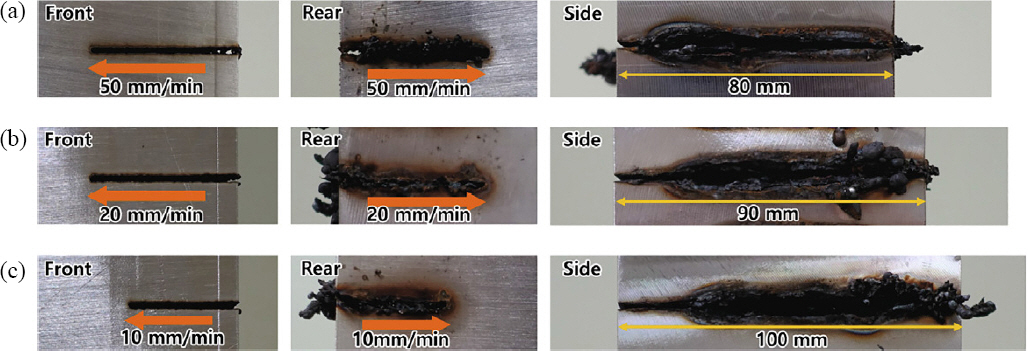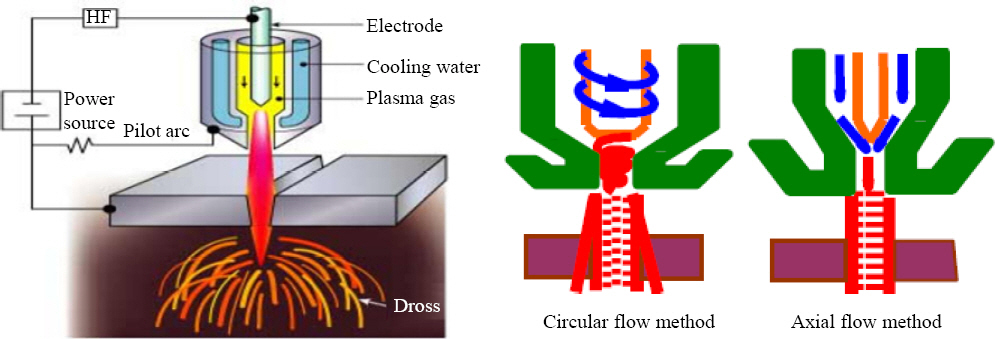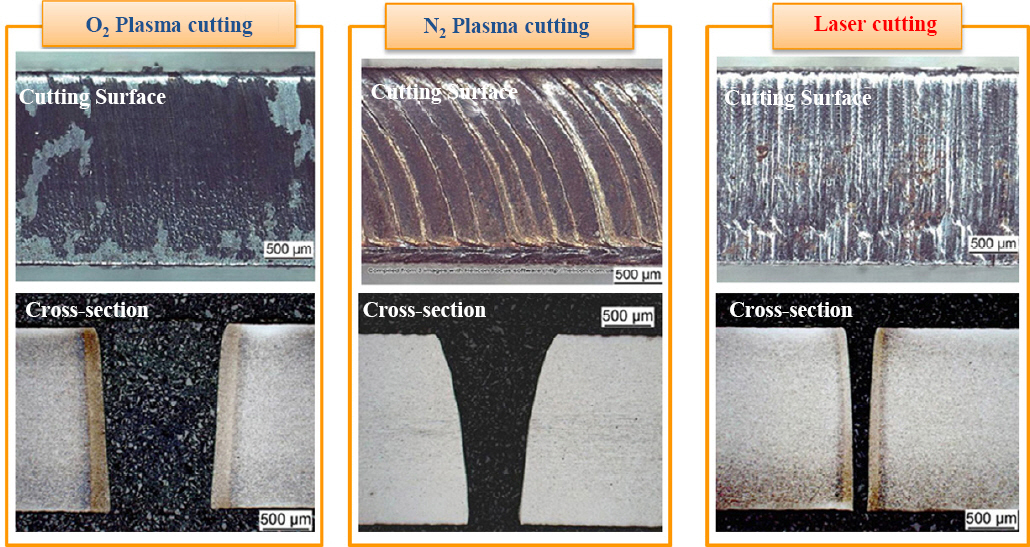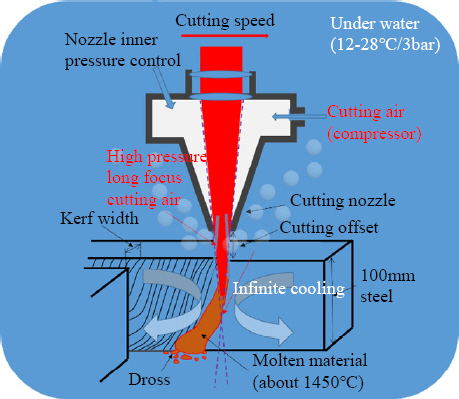1. International Atomic Energy Agency. IAEA Anuual Report 2018, Vienna, Austria. (2018) 31ŌĆō38.
2. International Atomic Energy Agency. Global Status of Decommissioning of Nuclear Installations, Austria. (2023) 2ŌĆō110.
3. International Atomic Energy Agency, Nuclear Decommissioning. IAEA BULLETIN, Vienna, Austria. (2023) 4ŌĆō9.
4. International Atomic Energy Agency. Decommissioning after a Nuclear Accident, Vienna, Austria. (2019) 2ŌĆō110.
5. International Atomic Energy Agency. Status of the Decommissioning of Nuclear Facilities Around the world, Austria. (2014) 3ŌĆō24.
6. International Atomic Energy Agency, Radiation Protection and Safety of Radiation Sources:International Basic Safety Standards. IAEA Safety Standards Series No. GSR Part 3, Vienna, Austria. (2014)
7. D. C. Invernizzi, G. Locatelli, A. Velenturf, P. Love ED, P. Purnell, and N. J. Brookes, Developing policies for the end?of?life of energy infrastructure:coming to terms with the challenges of decommissioning,
Energy Policy. 144 (2020) 1ŌĆō7.
https://doi.org/10.1016/j.enpol.2020.111677
[CROSSREF] 8. D. C. Invernizzi, G. Locatelli, M. Gr├Čnqvist, and N. J. Brookes, Applying value management when it seems that there is no value to be managed:the case of nuclear decommissioning,
Int. J. Proj. Manag. 37 (2019) 668ŌĆō683.
https://doi.org/10.1016/j.ijproman.2019.01.004
[CROSSREF] 9. World Energy Council, Energy Infrastructure - Affordability Enabler or Decarbonisation Constraint?, Innovation Insights Brief. World Energy Council, London, UK. (2019)
10. International Atomic Energy Agency, Decommissioning of Nuclear Power Plants, Research Reactors and Other Nuclear Fuel Cycle Facilities, IAEA Safety Standards, Specific Safety Guide No. SSG 47. IAEA, Vienna, Austria. (2018)
11. Nuclear safety and regulation. nuclear safety public participation presentation3. (2020) 3ŌĆō9.
12. Organisation for Economic Co-operation and Development and Nuclear Energy Agency, Ensuring the Adequacy of Funding Arrangements for Decommissioning and Radioactive Waste Management. Nuclear Energy Agency, Paris, France. (2021)
17. G. R. Lee, B. J. Lim, and C. D. Park, Evaluation of metal cutting technologies for decommissioning of nuclear power plants, Transactions of the Korean Nuclear Society Spring Meeting Jeju, Jeju, Korea. (2019) 1ŌĆō4.
18. K. S. Jeong, G. H. Kim, J. K. Moon, and B. S. Choi, Cutting Technology for Decommissioning of the Reactor Pressure Vessels in Nuclear Power Plants, Transactions of the Korean Nuclear Society Spring Meeting Jeju, Jeju, Korea. (2012) 282ŌĆō283.
20. J. Onodera, H. Yabuta, T. Nishizono, C. Nakamura, and Y. Ikezawa, Characterization of Aerosols from Dismantling Work of Experimental Nuclear Power Reactor Decommissioning,
J. Aerosol. Sci. 22 (1991) 747ŌĆō750.
[CROSSREF] 21. M. Brandauer, H. Geckeis, S. Gentes, A. Heneka, C. O. Krau├¤, M. Plaschke, D. Schild, and W. Tobie, Improvement of a Separation Method for the Reduction of Secondary Waste from the Water-jet Abrasive Suspension Cutting Technique, (2017)
23. M. Tezukaa, Y. Nakamuraa, H. Iwai, K. Sano, and Y. Fukui, The Development of Thermal and Mechanical Cutting Technology for the Dismantlement of the Internal Core of Fukushima Daiichi NPS,
J. Nucl. Sci. Technol. 51(7-8) (2014) 1054ŌĆō1058.
https://doi.org/10.1080/00223131.2014.912969
[CROSSREF] 26. G. Frederick, Welding and Repair Technology Center:Evaluations of an Electrical Discharge Machining (EDM) Removal Process for In-Service Repair Applications, Electric Power Research Institute, USA. (2008) 2ŌĆō3.
27. S. Tsugio, Y. Fukui, and T. Ueda, Development of a Cutting Technique of Core Structural Materials and Fuel Debris. Applicability test of the plasma jet cutting technique, Japan Atomic Energy Agency. 35 (2016)
28. X. Huang and H. Ran, Application of Underwater Electric Discharge Machining in Nuclear Power Plant,
2017 25th International Conference on Nuclear Engineering, Shanghai, China. (2017)
https://doi.org/10.1115/ICONE25-66572
[CROSSREF] 30. Y. Zhang, Y. Liu, R. Ji, C. Zheng, Y. Shen, and X. Wang, Transient Dynamics Simulation of the Electrical Discharge-generated Bubble in Sinking EDM,
Int. J. Adv. Manuf. Tech. 68(5) (2013) 1707ŌĆō1715.
https://doi.org/10.1007/s00170-013-4969-y
[CROSSREF] 34. K. Kim, M. K. Song, S. J. Lee, D. Shin, J. Suh, and J. D. Kim, Fundamental Study on Underwater Cutting of 50 mm-Thick Stainless Steel Plates Using a Fiber Laser for Nuclear Decommissioning,
Applied sciences. 12(1) (2022) 495.
https://doi.org/10.3390/app12010495
[CROSSREF] 35. A. Khan and P. Hilton, Optimization Of Underwater Laser Cutting For Decommissioning Purposes,
International Congress on Applications of Lasers &ElectroOptics, Orlando, USA. (2018) 294ŌĆō302.
https://doi.org/10.2351/1.5063072
[CROSSREF] 36. K. Tamura and R. Yamagishi, Laser cutting conditions for steel plates having a thickness of more than 100 mm using a 30 kW fiber laser for nuclear decommissioning,
Mech. Engine. J. 3(3) (2016) 1ŌĆō9.
https://doi.org/10.1299/mej.15-00590
[CROSSREF] 40. S. Marimuthu, A. K. Nath, P. K. Dey, D. Misra, D. K. Bandyopadhyay, and S.P. Chaudhuri, Design and evaluation of high-pressure nozzle assembly for laser cutting of thick carbon steel,
Int. J. Adv. Manuf. Tech. 92 (2017) 15ŌĆō24.
https://doi.org/10.1007/s00170-017-0107-6
[CROSSREF] 42. J. S. Shin, S. Y. Oh, H. Park, C. M. Chung, S. Seon, T. S. Kim, L. Lee, and J. Lee, Laser cutting of steel plates up to 100 mm in thickness with a 6-kW fiber laser for application to dismantling of nuclear facilities,
Opt. Lasers. Eng. 100 (2018) 98ŌĆō104.
https://doi.org/10.1016/j.optlaseng.2017.08.001
[CROSSREF] 43. J. S. Shin, S. Y. Oh, H. Park, C. M. Chung, S. Seon, T. S. Kim, L. Lee, and J. Lee, Cutting performance of thick steel plates up to 150 mm in thickness and large size pipes with a 10-kW fiber laser for dismantling of nuclear facilities,
Ann. Nucl. Energy. 122 (2018) 62ŌĆō68.
https://doi.org/10.1016/j.anucene.2018.08.029
[CROSSREF] 44. J. S. Shin, S. Y. Oh, H. Park, T. S. Kim, L. Lee, C. M. Chung, and J. Lee, Underwater cutting of 50 and 60mm thick stainless steel plates using a 6-kW fiber laser for dismantling nuclear facilities,
Opt. Laser. Technol. 115 (2019) 1ŌĆō8.
https://doi.org/10.1016/j.optlastec.2019.02.005
[CROSSREF] 48. J. S. Shin, S. Y. Oh, S. Park, H. Park, T. S. Kim, L. Lee, Y. Kim, and J. Lee, Underwater laser cutting of stainless steel up to 100 mm thick for dismantling application in nuclear power plants,
Ann. Nucl. Energy. 147 (2020) 107655.
https://doi.org/10.1016/j.anucene.2020.107655
[CROSSREF]















 PDF Links
PDF Links PubReader
PubReader ePub Link
ePub Link Full text via DOI
Full text via DOI Download Citation
Download Citation Print
Print



